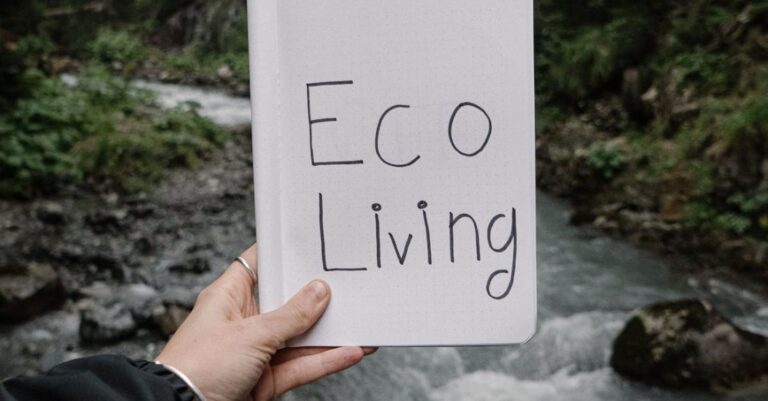
Pollution poses a significant threat to wildlife across the globe. As human activities continue to release harmful substances into the environment, the impact on wildlife becomes more apparent. From land to water and air, pollution affects various ecosystems and the animals that inhabit them. Understanding the impacts of pollution on wildlife is crucial in developing effective conservation strategies to safeguard our planet’s biodiversity.
**Habitat Destruction**
Pollution, in its various forms, contributes to habitat destruction, which is a primary threat to wildlife survival. Chemical pollutants, such as pesticides and heavy metals, can contaminate soil and water, rendering habitats uninhabitable for many species. Deforestation, a consequence of pollution and human activities, leads to the loss of critical habitats for countless wildlife populations. As their homes vanish, animals are forced to relocate, leading to increased competition for limited resources and, in some cases, endangering certain species’ survival.
**Water Contamination**
Water pollution has particularly severe consequences for aquatic wildlife. Oil spills, industrial waste, and agricultural runoff introduce harmful substances into water bodies, endangering fish, mammals, birds, and other aquatic organisms. These pollutants can disrupt ecosystems, harm populations, and even lead to mass die-offs. Marine life, in particular, is vulnerable to the effects of water pollution, with many species struggling to survive in contaminated environments. Coral reefs, for example, are highly sensitive to water quality, and pollution can have devastating effects on these vital ecosystems.
**Air Pollution**
While often overlooked in discussions of wildlife impacts, air pollution also poses significant threats to animals. Pollutants such as nitrogen oxides and sulfur dioxide can harm wildlife by contaminating the air they breathe and altering their habitats. Birds, for example, can suffer respiratory issues due to polluted air, while pollutants like mercury can accumulate in the food chain, affecting predators at the top. Air pollution not only affects individual animals but can also lead to broader ecological imbalances, disrupting entire ecosystems.
**Direct Harm to Wildlife**
In addition to habitat destruction and contamination, pollution can directly harm wildlife through ingestion or physical contact with toxic substances. Plastic pollution, for instance, poses a grave threat to marine life, with many animals mistaking plastic debris for food. Ingesting plastic can lead to internal injuries, blockages, and even death for animals ranging from sea turtles to seabirds. Chemical pollutants, such as pesticides and heavy metals, can accumulate in the tissues of animals, causing long-term health issues and reproductive problems.
**Impacts on Endangered Species**
Endangered species are particularly vulnerable to the impacts of pollution. With already small and fragile populations, these species face an increased risk of extinction when exposed to pollutants. Pollution can further reduce their reproductive success, disrupt their habitats, and weaken their overall resilience to other threats, such as climate change. Conservation efforts for endangered species must consider the role of pollution in their decline and incorporate strategies to mitigate these impacts.
**A Call to Action**
The impacts of pollution on wildlife are undeniable and urgent action is needed to address this pressing issue. Governments, industries, and individuals must work together to reduce pollution levels, implement sustainable practices, and protect critical habitats. By raising awareness, supporting conservation efforts, and advocating for stronger environmental regulations, we can help mitigate the impacts of pollution on wildlife and ensure a healthier planet for future generations.
**In Summary**
The impacts of pollution on wildlife are far-reaching and multifaceted, affecting ecosystems and species around the world. From habitat destruction to direct harm, pollution poses a significant threat to the survival of many animals, including endangered species. By recognizing these impacts and taking proactive steps to reduce pollution, we can help safeguard wildlife and preserve the biodiversity that makes our planet unique. It is our collective responsibility to protect the natural world and ensure a sustainable future for all living beings.





